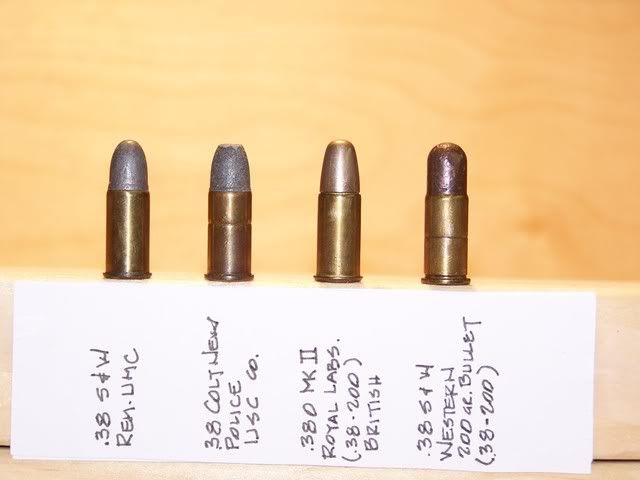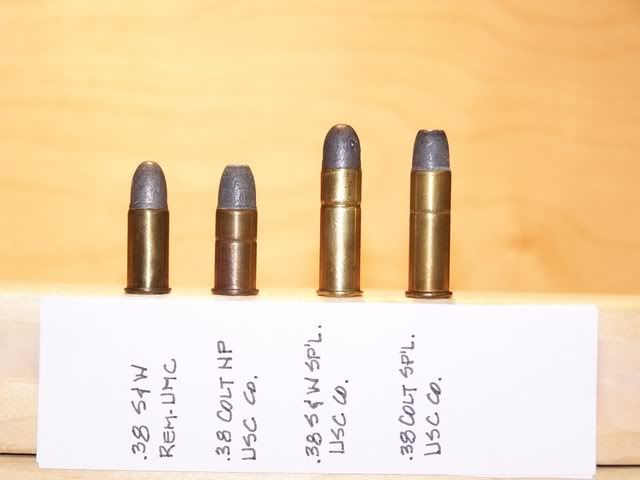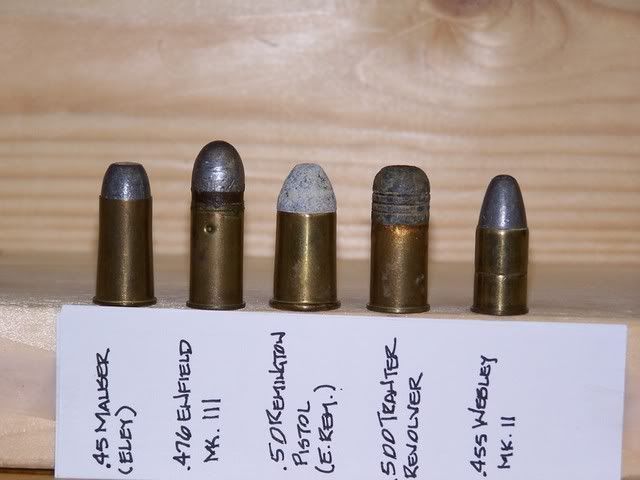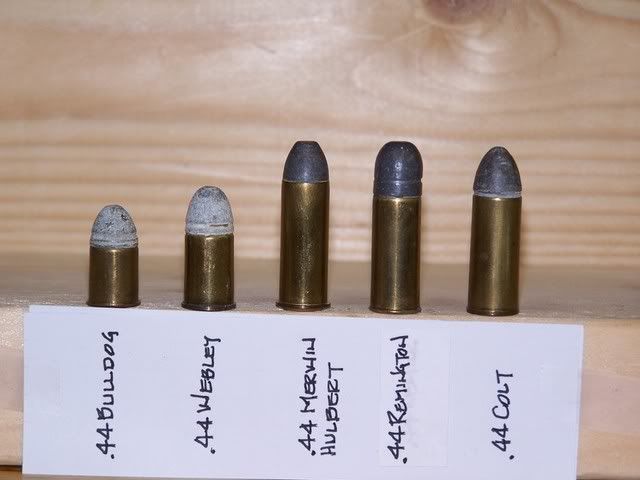It's my understanding that the ".380 Revolver" started as the .380/200 (380 Mk I)...According to what I have read, the military loading changed in 1937 to the 178gr FNJ (380 Mk II), but the cartridge was still called the ".380 Revolver"...
http://www.bocn.co.uk/vbforum/threa...volver-Cartridge-380-quot-or-quot-38-200-quot
As far as I can find, the only external difference between the Mk I, and Mk II, is a very slightly smaller diameter rim...Internally they had a different primer pocket/case capacity, and the lighter bullet...The internal differences would of course require different load data...But they would still chamber and fire in a .38 S&W, etc...
Dunno...Interesting, nonetheless...
http://www.bocn.co.uk/vbforum/threa...volver-Cartridge-380-quot-or-quot-38-200-quot
As far as I can find, the only external difference between the Mk I, and Mk II, is a very slightly smaller diameter rim...Internally they had a different primer pocket/case capacity, and the lighter bullet...The internal differences would of course require different load data...But they would still chamber and fire in a .38 S&W, etc...
Dunno...Interesting, nonetheless...








